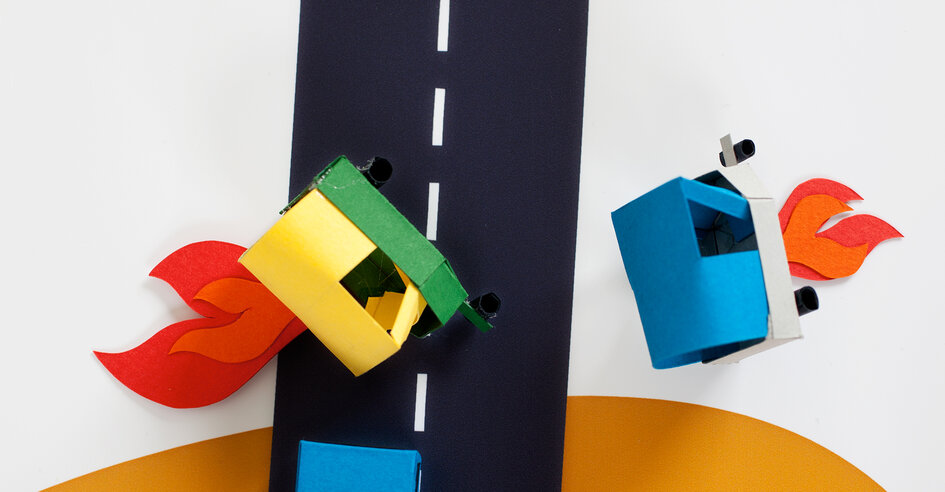The #SaveKidsLives campaign is well into its second phase, which encourages campaigners and supporters to gather action and commitments from decision makers to enact five proven measures for road safety. The ultimate aim is to #SaveKidsLives. We fully support this campaign and invite the youth network for road safety to take part and follow the campaign’s steps. The 2020 Action Agenda is the centerpiece of the campaign. Explore it with us.
#SaveKidsLives is an official campaign coordinated by the United Nations Road Safety Collaboration. It was launched 6 months before the Third United Nations Global Road Safety Week in May 2015. The campaign is co-led by children and calls for urgent action to halve road deaths and injuries by by 2020; the target established in the Global Goals, the Sustainable Development Agenda for the next 15 years (2030).
It does so by:
- highlighting the plight of children and the vulnerable on the roads;
- generating worldwide action to better ensure our safety on the roads, starting with children;
- calling for strong commitments to save lives on the roads to reach the Global Goals targets.
The campaign operates on the principles of the Decade of Action for Road Safety 2011-2020 and is managed by a broad coalition of members from the United Nations Road Safety Collaboration.

Graham has been making an appearance all around social media – his body has been designed to survive a road crash.
Created by TAC as part of the ‘Towards Zero’ campaign they explained,
‘Our aim with Graham is to remind Victorians (Australia) of how vulnerable our bodies really are by showing them what we might look like if we were built to survive a crash on our roads’.
Although our bodies will never look like Graham’s, there’s a safe system in place that can help protect us in much the same way. And at the centre of this system is the belief that human health is more important than anything else. Our bodies are strong, but there’s only so much force we can withstand before we break. That’s why we need to ensure we have a safe system in place – one that protects us from our own mistakes and those of others.
A catalyst for conversation and ultimately an educational tool, Graham shows us what we might look like if we were built to survive on our roads. He’s a reminder of just how vulnerable our bodies really are when speed and impact forces as low as 30km/h are at play.


